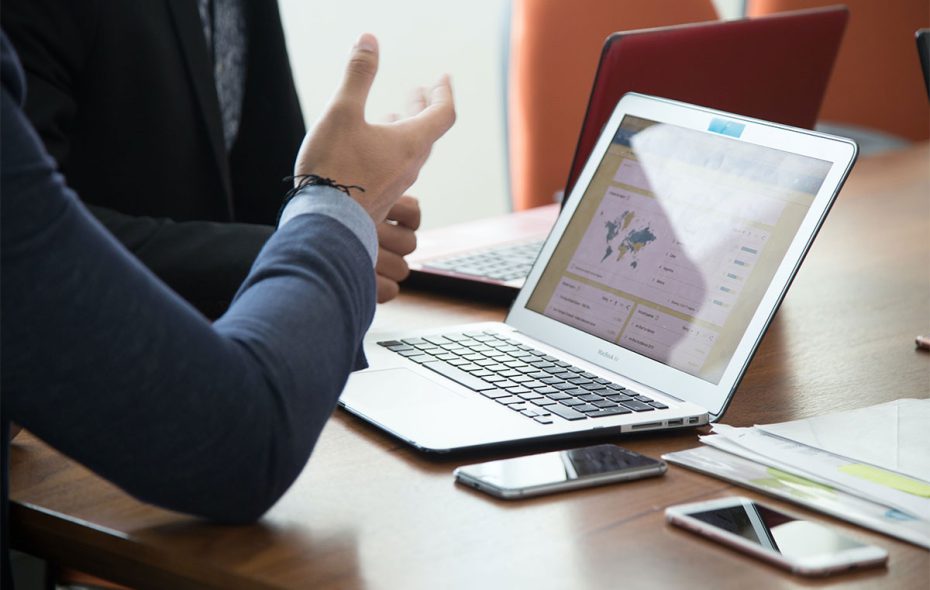
Against the challenging backdrop of a global pandemic, 2020 saw the successful merger of UKI2S portfolio company Perfectus Biomed and US-based Extherid Biosciences. There are of course specific challenges for a UK/US merger, but the value of cross-cultural collaboration across all levels of the business should be celebrated particularly for the personal growth and development of the team members at both companies.
Six months down the line, we catch up with CEO Sam Westgate and her team to find out how the merger has benefited them so far.
Perfectus and Extherid both offer specialist microbiology and virology analytical services to businesses wanting independent validation of the efficacy and safety of their products in fields such as wound care and cosmetics. Bringing together their complementary technologies and expertise through the merger meant that the new company’s service offering was immediately and dramatically enhanced. As Sam explained: “We suddenly gained a new team of experienced scientists who could help troubleshoot and share learnings across the group”. This has built confidence across the board, enabling the team to learn from one another, while offering potential clients a larger portfolio of testing to support their claims. As US Lab Manager and Research Scientist, Zach Siler put it: “It’s nice to be able to share scientific approaches to improve on delivery of research”.
Sam and her US counterpart, CSO Marnie Peterson, have worked hard to ensure company cultures were aligned, and this has played an important role in enabling the two entities to start functioning as one organisation. Each team has been able to take the best of both cultures to optimise workflows, communication, and corporate values. “We have streamlined finance, quality and commercial functions to a point that the teams are ‘speaking the same language’ and can jump in and help one another out”, said Sam. A review of the staff benefits provision has played out particularly well for the US team as the company worked hard to create a package that is consistent across both sides of the Atlantic. “This has resulted in healthcare, 510K benefits, paid time off and an improved maternity package for the US team” explained Sam.
While completing a UK/US merger can be complex and demanding at the best of times, the pandemic brought additional challenges. Under normal circumstances, staff would have spent time at both sites to enable team building, training, and information transfer. While COVID-19 prevented that, it has resulted in some unforeseen benefits. “Virtual working has been fabulous”, said Sam. “It has allowed us to build relationships and forced us to progress with projects that would typically have been carried out in person”. The use of conferencing software has also led to greater learning opportunities for all team members, with training courses and the chance to meet and learn from members of both teams now accessible to all, rather than a select few. In the US, Zach feels that bonding with his UK counterparts may have been a much slower process if they hadn’t been forced to embrace remote communication. “This has definitely helped me become more connected with the UK team”, he said.
It is already well documented that remote working can have huge personal benefits for employees, helping mental health and improving work/life balance. “I feel overall the pandemic has shown how people can work effectively from home, and in some cases having the option may be beneficial”, said Business Development Manager, Jen Hardy. For Research Scientist, Alicia Hughes, being forced to work more independently has not only improved her confidence, but also refined her skills. “It has allowed me to explore my own capabilities as a scientist more than I would have done previously. I have been able to problem solve independently without the reassurance of senior scientists being upstairs and I have surprised myself with how well I can do this”, she explained.
For Sam, dealing with the increased workload resulting from the merger while integrating processes and cultures across the two sites has been the biggest challenge of all. “We are both growth companies and look to continue that trajectory, but the combination of growing and integrating is a lot of work for people to manage simultaneously”, she explained. With crucial support from the senior team, she has learnt the importance of clarifying priorities. “It is too easy to try and do everything at once but then everything takes longer. Choosing the most critical tasks and concentrating on them one at a time is probably my biggest learning”, she said.
And while the whole team have enjoyed bonding over video calls and are keen to maintain this new way of working once travel restrictions are lifted, they are looking forward to meeting in person. “I think that will be invaluable in the next stages of the merger”, said Sam.